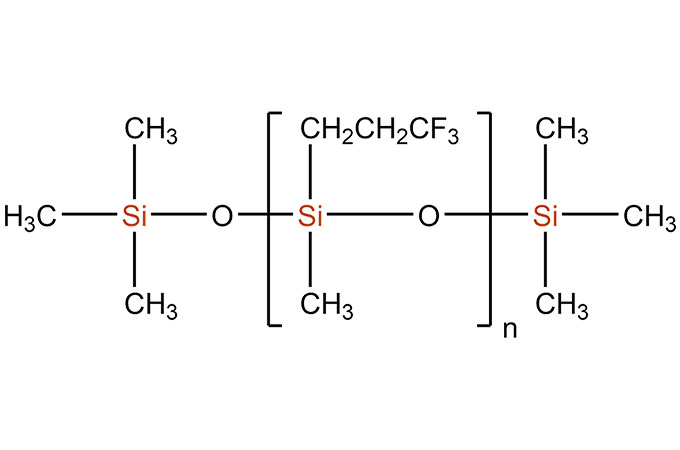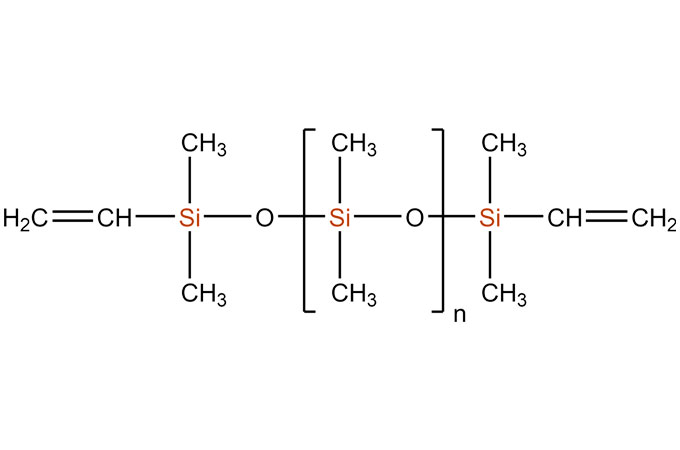Silane coupling agent can change interface property between different phases. For example, among composite materials such as glass reinforced resins, mineral filled resin, elastomer, etc. adhesive, joint mixture and sealing materials are in this situation. Usage of silane coupling agent can enhance adhesion, mechanical property and electrical property.
Ⅰ. Numerous applications of silane coupling agent
Silane coupling agent can be directly used or diluted with water and organic solvent, however, it is hardly used in the forms of water solution or aqueous emulsion. It can be added to inorganic filler or reinforcing agent as pretreating agent, and also be added to resins. Silane coupling agent move to surface of inorganic component during mixture or recombination process. Another kind of method to use silane is applying thousands of concentrations.
When silane has high filling content, it can deposit on light filler and form flowable powder, which is very important to keep adhesion between resins and reinforcing agent, because stress at that time is turned into shear force by cross section.
To keep enough stress change under high humid condition, adhesive must hydrolyze and stabilize, because surface of glass fiber is hydrophilic. Silane coupling agent can form adhesion, and still keep strength of composite materials under adverse environment such as high moist, etc. However, rest chemical interface modifier usually cannot provide such chemical bond. This kind of hydrolytic stable composition can enhance resins' stable wet electrical performance.
Ⅱ. Silane coupling agent used for thermosetting resin
It has been proven that silane coupling agents can obviously improve dry and wet mechanical and electrical properties of all filled and enforced thermosetting resin composite materials. Coupling agent, which can join in resin solidification by chemical method, shall be selected to achieve better effect.
Those materials and fire-retardant (such as ATH in unsaturated polyester) can be used together to realize high filler content, low smoke emission, improve processability and even strength distribution. These advantages are very important in applications of sheet molding compound, bulk compound and stick compound.
Ⅲ. Silane coupling agent used for thermoplastic resin
Silane coupling agent used for thermoplastic resin reinforced by glass fiber has better performance than thermoplastic resin reinforced by glass fiber. When composite materials coming across adverse environment, it can keep improved physical and electrical properties.
Silane coupling agent is used for thermoplastic resin filled by mineral, in order to improve physical and wet current properties. The performance of unfilled resin is similar to filled resin, and sometimes may even surpasses silane. Economic effectiveness of silane makes organosilicon chemical enhance greatly efficacy of thermoplastic resin filled by mineral and reinforced by glass fiber. It's particularly interesting of polyolefin used for mineral filling.
It has been proved that among polypropylene reinforced by mica and glass fiber, silane coupling agent can provide good physical property, thermal stability and workability, and can allow highly filled packing (such as calcium carbonate). PE and PP have no defective loss of mechanical properties.
 English
English 日本語
日本語 한국어
한국어 français
français Deutsch
Deutsch Español
Español italiano
italiano русский
русский português
português العربية
العربية tiếng việt
tiếng việt


